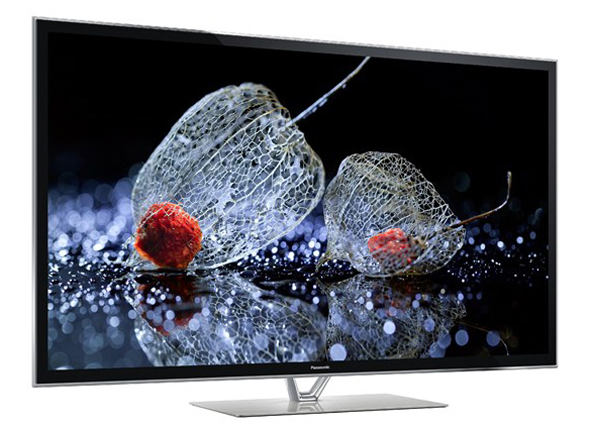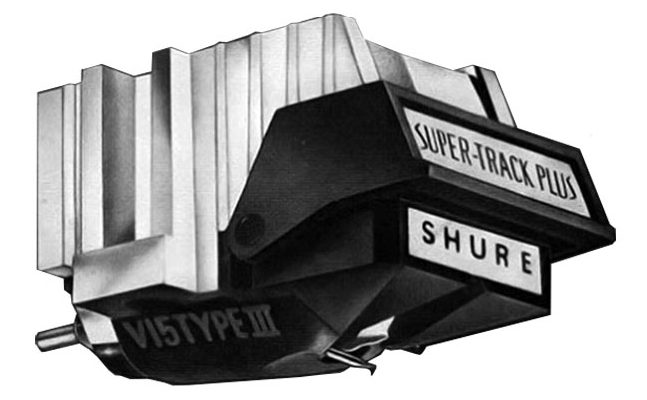Mr. David Susilo, PhD: ISF, Control4, CEDIA,
THX Certified Professional and HAA Member.
Montreal March 18th 2013 – It’s tiring to me, really, how many people think plasma is somehow an old and dying technology that is going away. These people can’t be more wrong! After OLED, plasma technology has the best picture quality and I was proven right over and over again at various CES and CEDIA shows. The global sales of plasma have actually went up as well.
Scheduled for May 2013, Panasonic will introduce its ‘Beyond the Reference’ ZT60-series plasma TVs in 60” and 65” sizes into Canada and US, with an estimated MSRP of $4,000 and $4,500 respectively or approx. £4,000. Although the models numbers differ – the ZT65 will be the name in the UK – there is no difference in hardware. Panasonic Japan insiders have confirmed the news.
The company insiders were quick to stress that only a limited number of ZT60s would be available due to the panel manufacturing complexities, although he was unable to say just how many. To emphasise its exclusivity, the plan is for every TV to be individually numbered and supplied with commemorative document signed by the chief engineer responsible just like the (still current) de-facto reference Pioneer Elite Kuro Signature Series. Another Panasonic Japan contact of mine, Spike Komatsu, a friend and ex-colleague of mine during our Pioneer-tenure, told methat the new Studio Master Panel « is totally different from that on the VT60. This panel is better than Kuro and more complicated to manufacture, which is why the series is a limited edition. It’s truly amazing in terms of black level and colour reproduction. »
“Better than Kuro”
Demonstrations of the model, which is THX certified for both 2D and Active Shutter 3D, were certainly compelling. Lined up for a dark room shootout against the final iteration of the Pioneer Kuro, and last year’s VT50, the new screen offered visibly deeper blacks and far greater dynamic range. Incidentally, another former Pioneer Kuro engineer who wished to be unnamed – also a friend of mine during our Pioneer-tenure, now with Panasonic, re-iterate Spike Komatsu’s claim. « Yes, it is better than Kuro, » he confirmed.
To improve overall clarity, the set uses a new High Contrast Pro filter and direct glass layer which removes the air gap between the PDP itself and front-panel glass (a technology supposedly brought from Pioneer and perfected further by Panasonic), to eliminate off-angle shadows, unwanted reflections, and to yield much better blacks. From what I can personally see, the ZT60 is truly better than my fully calibrated Kuro. With my Kuro, I still can see slight grey-ish tinge when the screen is showing 0 IRE black-box. With the ZT60, however, if it’s not because of the hint of buzzing sound from the TV, quite honestly I hardly can tell whether the TV is turned on or not. IT IS THAT BLACK!!! Also at 100 IRE, the white is white and not milky white as the old Kuro panel. I have not been this impressed by any TV at any price level since the Pioneer Elite Kuro II (which, again is the current de-facto reference for a consumer display which I still use daily at home). I even dare to claim that with the introduction of the ZT60, the Kuro is no longer a de-facto reference consumer display. It is very fitting when Panasonic nicknamed the ZT60 as “Beyond the Reference”… because it really is.
Even more exciting to me, when most TVs struggle to even get 80% of REC-709 colour space, this TV can yield 98% of DCI colour space, which means this TV can easily cover 100% of REC-709 standard. Yet another reason to agree with the “Beyond the Reference” moniker.
A so-called Hexa processing engine combines six-image enhancement techniques (including noise reduction, Intelligent Frame Creation and MPEG re-mastering), while a 3,000Hz Focused Field Drive (FFD) promises improved motion resolution and from the QTEC pattern blu-ray disc (used by NHK and some other broadcast studios worldwide) the motion resolution is an astounding full 1920×1080 (i.e.: full-resolution regardless of the direction the image is moving), something that have never been achieved by any TV regardless of technology until now!
Furthermore, the ZT60 offers 31,000 steps of gradation, compared to VT50’s 24,000 last year, plus a more effective version of the 1080p Direct function seen on some 2012 screens from the brand. For these two features, quite honestly I can not see the difference from playing regular movie although in terms of gradation, the gradation-ramp test pattern clearly shows the difference between 24,000 steps versus the new 31,000 steps.
Naturally the flagship is armed to its gills with cutting edge functionality. It’s one of several sets being introduced this year which will feature multiple ATSC tuners. The set, depending where they are being sold, will sport up to six ATSC tuners in all, of which regardless where the ZT60 is being sold, two tuners can be used in tandem. This allows the set to time-shift programmes to an attached USB hard drive, without tying up channel choice on the set. (please note that since the TV on hand is a prototype, there is no way for me to test this feature). The facility also supports Watch & Share: viewers can watch one channel, while a second is streamed to a smartphone or tablet using a free Panasonic app. You can even view dual channels simultaneously on a split screen. It is absolutely not necessary, of course, but a very cool feature nevertheless.
Another impressive feature is that out of the box, the THX Cinema and THX Brightroom presets are acceptable even for my picky vision. No, it’s not perfect – for that you will still need a professional THX / ISF Certified calibrator such as, ehem, yours truly – but these presets are more accurate than Panasonic previous THX presets of 2012 and the years prior to that.
My Home Screen
The ZT60 series also includes Panasonic‘s new My Home Screen user customisable interface. This allows owners to tailor functionality as appropriate; a 16-segment grid permits streaming TV services and widgets to be arranged as desired. Owners can also upload their own Home Screen wallpaper image. The panel incorporates a built-in camera which uses face recognition technology, so several distinct Home Screen configurations can be saved. The TV also supports voice interaction.
To be honest, these features are already available in Samsung TVs since last year but they don’t work 100% of the time. It’s nice of Panasonic, however, to offer these features in a more evolved and mature way so it works all the time therefore making the features to be useable for day-to-day operation as opposed to a gimmicky feature set.
One of the more unusual new feature additions (which I find to be gimmicky), available on the ZT60 as well as the rest of the 2013 plasma range, is an electronic Touch Pen that enables notes and scribbles to be drawn directly onto the glass itself. Why would anyone want to encourage the activity to deface and taking the chance (albeit a very small one) to accidentally scratch their TV screen is beyond my comprehension. An electronic pen for this purpose is supplied with the set, along with two pairs of RF-based 3D active-shutter glasses. Spike Komatsu insists the e-pen in no way marks the screen… and my evil tendencies make me want to try to scratch the screen with the e-pen. My angelic side stopped me from doing so before it’s too late, however.
Design aesthetics are high, with the set finished with a minimalistic metal bezel and high-neck pedestal. Screen longevity is claimed to be have a half-life of 100,000 hours before panel brightness decrease by half – that’s more than 30 years viewing at eight hours a day. When asked, the engineers (plural) claim that it was based on post-calibration setting. This is actually great news because you will still be able to re-calibrate your screen long before it reaches its half-life in order to maintain the consistency of the panel’s brightness therefore making the 100,000 estimated half-life to be a full-quality performance upwards to 100,000 (I can explain the mathematics behind this calculation but unfortunately I will need several pages of this magazine in order to do so)
So in closing, why wait any longer? Even for the Kuro lovers like myself, it’s time to say goodbye to the old king and embrace the new king with open heart especially when this new king is measurably better, cheaper, lighter, consumes a lot less energy… and oh, cosmetically better too (although for this aspect it’s completely subjective)
Addendum:
The ZT60 will be joined by a wide range of sibling models but most importantly the VT60 series. They will be available in 55-inch, 60-inch and 65-inch screen sizes, and will feature a 3,000 Hz FFD neoPlasma panel, Infinite Black Ultra filter and twin ATSC tuners. Like the ZT60, they are all THX certified for 2D and 3D, plus a built-in camera for face recognition and Skype application. A VR-audio stage pro 2.1 audio system promises more than the traditional thin TV sound (even the 2012 GT and VT series already have quite a good sound system from a thin TV).
[nggallery id=111]



